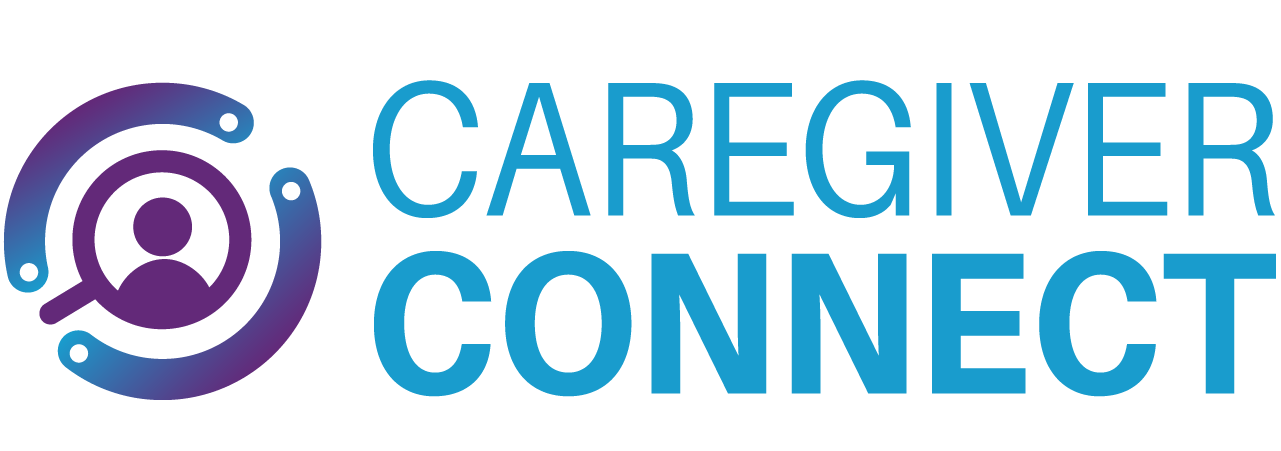Welcome to the Healthcare CEO podcast. Join us as Daniel Fernandez, healthcare leader and patient experience advocate, leads dynamic one-on-one discussions with healthcare executives, consultants, and other industry experts. Listen in as they share actionable insights and unique perspectives in the day in the life of a healthcare CEO.
*The following has been adapted from our full-length interview, which can be found here.
Meet Brandon Schwab
Brandon is the founder and CEO of Shepherd Premier Senior Living — pioneering what he calls boutique senior living. He’s also a senior living and passive income expert. Since 2014, he’s been looking for ways to improve quality care for senior residents — prioritizing the residents’ experience over the bottom line.
Redefining Senior Living Facilities
DF: So tell us about this whole boutique senior living thing!
BS: It is awesome! It’s a business that I think is taking over the industry. It’s the idea of taking care of elderly people in an actual home. If you think about the bulk of the overall population, they’ve been in their own home for their entire lives. And then, they get older and are taken to a 200,000-foot building. Who ever thought that was a good idea? I’m sure it wasn’t the people who are actually being taken care of.
So I took the idea that I was exposed to — I didn’t actually come up with it. Our business is purchasing homes and turning them into senior homes. We’ve been doing this for 15 years, and our business is killing it. And as of October 14, we’ve had no COVID cases. Our business is doing things differently, in an actual home.
I think that, moving forward, people are going to ask for an atmosphere like this. Particularly, with things that are going on, big buildings are having so many issues. It can be done differently. I was exposed to it back in 2000. It was the typical building. My grandpa was about 85. He needed help. I pulled the pull cord. And I expected people would come in to help. And they didn’t, Daniel. It took them forever to come.
I went out there, found them, and asked them to come help. I ended up thinking, oh my goodness, he isn’t getting good care.
Also, the overall odor in these places is horrible. I couldn’t get it off me for days. Those were my first experiences with senior living. I didn’t feel comfortable with it, so I didn’t go often. I just thought that if things could be a different way, there would be a lot of opportunities.
I started buying homes — ending up with over 23 homes. Without the odor, and providing better experiences. Previous to that, there was nothing like this in our entire county.
DF: You’re comparing a smaller boutique-style home to a large facility. You probably feel more like you’re in a family dynamic.
BS: Yes. These bigger box buildings, everyone eats four to five people at separate tables. That does not foster an atmosphere where everyone can talk to each other. In all of our homes, everyone eats at the same table together. It’s a ten-person table. This way, they all get to talk to each other — even argue with each other. That’s good for them. I’ve found that the atmosphere is better if everyone eats at the same table together.
Also, at an actual house, they don’t have their own apartments. They have a 12×12 bedroom, which is beautiful, because they have their own space in the evenings, but they get to talk to other people during the day. Meanwhile, in larger buildings, they have their own living units, and they don’t come out. That interaction is key.
DF: In a fun way, it reminds me of MTV Beach House, except for seniors!
BS: Yeah. It’s like an MTV Beach House, for people who are 80 and up.
Smaller Facilities Translate to Quick Decision-Making
DF: I would assume that because you’re running these smaller facilities, it makes you more nimble?
BS: Yes. Our homes are very different. To give you an idea, as COVID began to hit, I closed doors to outside folks coming in — both occupational and physical therapies, as well as the folks’ families. I closed it about 10 days before anyone else did. I started checking temperatures before anyone else did. A smaller setting allowed me to do this faster. In big corporations, it takes a long time to talk about it and get anything done. This has helped us from getting any cases of COVID in any of the homes.
DF: Change is inevitable. We’ve experienced that this year. Do you think this gives you a competitive advantage — that you can move so quickly?
BS: Before COVID, our occupancy was under 80%. After COVID, I’ve only had one open bed. Beds are becoming occupied before new houses even open. Post-COVID, people are being even more careful about where they’re going to put their parents. And if you have an in-home caregiver every day, it gets very expensive, very fast. By bringing them to our facilities, they have a very different experience. They can feel like they are at home. That’s the whole point. They have to feel comfortable. They have to feel like they are at home and receive awesome care.
Something else is that every big building has one caregiver for 15-20 people. In our homes, we have one person for the home. Fifteen hours every day. People get awesome care, because our caregivers take care of a smaller number of people.
The Public’s Perception and Investing in this Business Model
DF: Do you think the perception has changed about boutique senior living over the past few years?
BS: Yes. I feel like people, for the past two years, didn’t really get it. They didn’t keep it in mind until they came to our homes and saw that it’s an actual home. But I feel today, post-COVID, people are thinking differently. They are asking better questions that I don’t think they asked before. This is becoming the top option. Unfortunately, there aren’t too many of these homes out there. The average home has about five beds per house. I don’t go huge, and that’s on purpose.
DF: With so few of these concepts out there, how big do you want to take this concept? Do you want to scale it?
BS: Definitely. As we go to other areas, I’m finding there are plenty of people who are interested in this business, either to invest or to live in it. A thing that is interesting is that because of the opportunity for us to go bigger, is that by the end of 2022, we can expand to about 10 different areas. I’m going to be looking in Indiana and Ohio. I’m going to help RNs. They have the ability to operate these homes, and I’m going to help them to open up these homes. I want to turn it into a turnkey business for under $25,000. That’s the biggest picture. It’s an opportunity for folks to invest to make this actually happen. I don’t plan to operate homes throughout the whole country. However, I’m able to help people open up their own businesses doing it.
DF: It seems complementary.
BS: Those folks who are going to operate it, they don’t think they can actually open up the asset.
DF: They may not be business savvy.
BS: Bingo. Or people who have the income don’t know how to do it. So I can be that person. We can have the RN come to us, and we can show them all the homes that are already operating. The opportunity is awesome for anyone who wants to open up these home care settings.
DF: Are you looking for a franchise model or a licensing model?
BS: Yeah. That’s going to come out around 2023 or 2025. I gotta first get things done here today. I figure that I have about 30 of these houses open and operating. I have to make sure that they will continue earning money. Bring people in and make sure they are comfortable being taught how to do that. So it’s a combination of homes that are already out there today, but it’s also going to build homes that are going to be perfect homes in ideal locations.
To give you an idea, I bought eight acres that are adjacent to homes for senior citizens. Tell me that this isn’t an awesome area. I’m going to build 10 to 12 homes around there, so people who live in the neighboring neighborhoods, can move in and feel like they’re still home. We’re near to golf courses as well, so they can keep going in and talking with their friends.
DF: So if someone is looking to invest, they’re investing in real estate and in this business model.
BS: Yes. They’re going to feel comfortable that the asset’s there. Also, the operating business does really well. Possibly, if things go well with the first 30 homes, we may expand up to 300 homes, but that’s it. Past that, I’m going to help people get it. Folks who are 80 to about 85, who are able to move into our different homes, they’ll see that they would save money. And these tenants typically pay two or three times the average price for that house. The person who’s actually going to own the asset is going to get a very awesome ROI.
DF: Because this is a new, exciting model, I feel like we can talk about this all day. How can someone who is interested get a hold of you?
BS: Well, I have an online events calendar at brandonschwab.com. You can book time on my calendar. I typically offer an upfront call for 15 minutes. But if you heard about this business model on this podcast, we can talk for a full 30 minutes. This is for folks who are interested in investing or for folks who’d like to get answers about boutique senior living.
DF: I truly value your time, Brandon. I encourage anyone listening to reach out to Brandon. This is a very exciting model. Thank you for sharing your knowledge, Brandon.
BS: Thank you very much, Daniel.
Learn More about How Brandon and Other Healthcare Leaders Are Shaping the Future of Healthcare
Watch the full interview with Brandon Schwab, and be sure to subscribe so that you don’t miss future shows where we interview other industry-leading healthcare CEOs and executives as they look to shape the future of healthcare.


